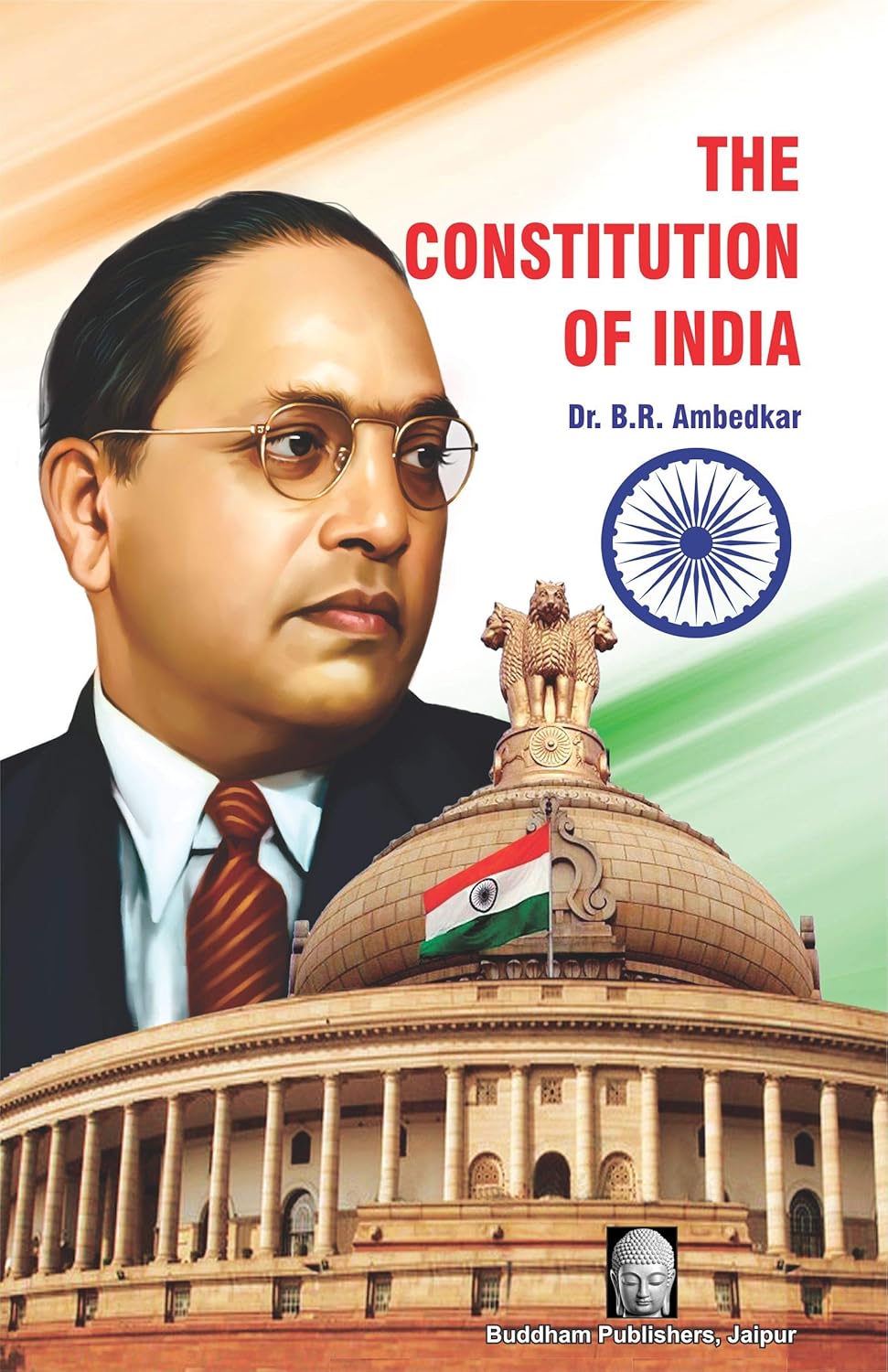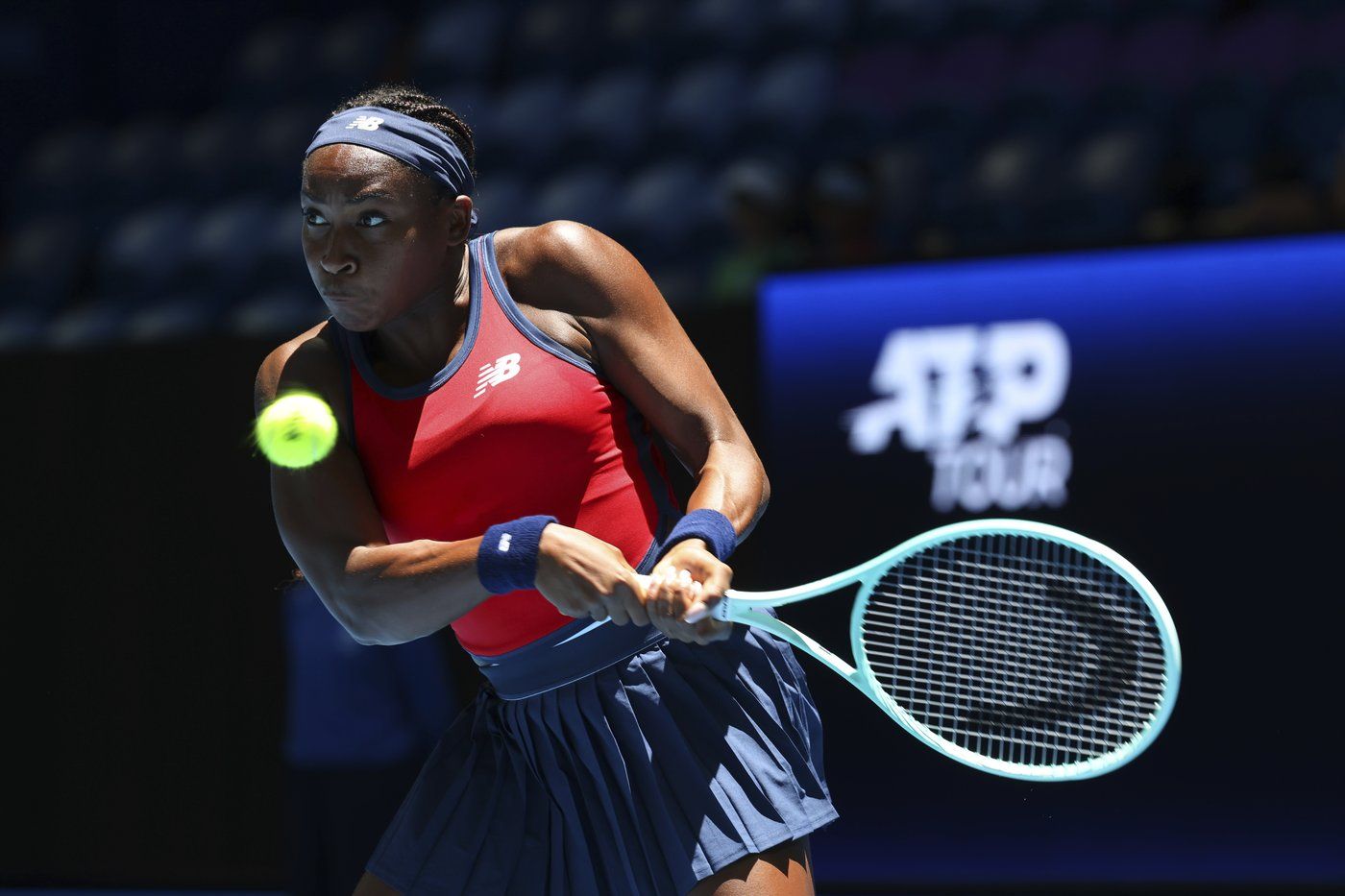The Rise Of Secondhand: A Golden Age?

Table of Contents
Environmental Impact: A Sustainable Choice?
The environmental benefits of buying secondhand are undeniable. Fast fashion's impact on our planet is staggering, contributing significantly to textile waste and greenhouse gas emissions. Choosing pre-owned clothing and goods offers a powerful antidote to this unsustainable model. By opting for secondhand, we actively participate in the circular economy, dramatically reducing our carbon footprint and environmental impact.
- Reduced textile waste sent to landfills: The fashion industry generates massive amounts of textile waste annually. Secondhand shopping diverts a significant portion of this waste from landfills, minimizing pollution and resource depletion.
- Lower carbon footprint due to reduced production: Manufacturing new clothes requires significant energy and resources. Purchasing secondhand avoids the environmental cost of producing new items, resulting in a considerably lower carbon footprint.
- Conserves resources like water and energy: The production of new textiles is incredibly water-intensive and energy-consuming. Choosing secondhand conserves these precious resources.
- Promotes a circular economy model: Secondhand shopping directly supports a circular economy, where resources are reused and repurposed, minimizing waste and promoting sustainability.
Studies show that the fashion industry is responsible for approximately 10% of global carbon emissions. By choosing secondhand, we can significantly reduce our contribution to this alarming figure. The reduction in water and energy consumption is equally significant, contributing to the overall health of the planet.
Economic Advantages: Affordability and Accessibility
Secondhand shopping offers compelling economic advantages for both buyers and sellers. For buyers, it provides access to high-quality items at significantly lower prices than new products. This is particularly beneficial for budget-conscious consumers who can access designer or luxury items they might not otherwise afford. For sellers, reselling platforms like eBay, Depop, and ThredUp offer opportunities to generate extra income by clearing out closets and selling unwanted items.
- Access to designer or luxury items at significantly reduced prices: Secondhand markets offer a chance to acquire coveted brands and styles at a fraction of their original cost.
- Budget-friendly alternative to new clothing and goods: Secondhand shopping is a cost-effective way to refresh your wardrobe or home without breaking the bank.
- Opportunities for individuals to make money through reselling platforms: Reselling pre-owned items has become a viable source of income for many individuals.
- Increased affordability for lower-income consumers: Secondhand shopping makes quality goods accessible to a wider range of consumers, regardless of income level.
Platforms like Poshmark allow individuals to build successful businesses reselling clothing, while sites like Facebook Marketplace offer local options for buying and selling used furniture and household goods. The potential profit margins in reselling can be surprisingly high, especially for in-demand or vintage items.
The Trendsetter's Appeal: Uniqueness and Style
Beyond the environmental and economic benefits, secondhand shopping holds a strong appeal for fashion-conscious individuals seeking unique style and self-expression. Thrifting allows for the creation of a truly personal and individualistic wardrobe, unavailable through mainstream retail. The hunt for hidden treasures and vintage finds fuels a sense of excitement and creativity.
- Finding unique, one-of-a-kind items unavailable in mainstream retail: Secondhand shops offer a treasure trove of unique pieces you won't find anywhere else.
- Expressing personal style through curated vintage pieces: Building a wardrobe from secondhand finds allows for the creation of a truly individual and distinctive style.
- Access to styles and trends from previous eras: Secondhand shopping offers access to vintage and retro styles that add character and originality to any outfit.
- Contributing to a more individualistic and less homogenized fashion landscape: By embracing secondhand, we contribute to a more diverse and expressive fashion culture.
Influencers and celebrities are increasingly showcasing their secondhand finds, further popularizing this sustainable and stylish approach to fashion. The curated vintage aesthetic has become a major trend, highlighting the growing influence of secondhand fashion on the broader style landscape.
Challenges and Considerations of the Secondhand Market
While the rise of secondhand shopping presents numerous advantages, it's essential to acknowledge potential drawbacks. Challenges include authentication of goods, ensuring ethical sourcing, and quality control.
- The risk of purchasing counterfeit or damaged goods: Buyers need to be vigilant and exercise caution when purchasing secondhand items, carefully inspecting them for damage or signs of being counterfeit.
- Ensuring ethical and sustainable sourcing practices: It's important to support sellers who prioritize ethical and sustainable practices.
- The need for careful inspection and authentication of items: Taking the time to inspect items thoroughly and authenticate them where possible is crucial to avoid disappointment.
- The challenge of finding specific items in good condition: Finding specific items in desired condition and size can sometimes be challenging.
Conclusion
The rise of secondhand shopping is more than just a trend; it's a powerful movement driven by environmental responsibility, economic savvy, and a desire for unique style. While challenges exist, the overall positive impact of embracing the secondhand market is undeniable. From reducing textile waste and conserving resources to providing affordable access to quality goods and fostering individualistic style, secondhand shopping offers a wealth of benefits. Join the secondhand revolution and discover a golden age of style, sustainability, and savings. Explore your local thrift stores, online marketplaces, and consignment shops—the world of secondhand is waiting to be explored!

Featured Posts
-
 Ofitsialnoe Razreshenie Rpts Smozhet Osuschestvlyat Religioznuyu Deyatelnost V Myanme
May 13, 2025
Ofitsialnoe Razreshenie Rpts Smozhet Osuschestvlyat Religioznuyu Deyatelnost V Myanme
May 13, 2025 -
 Kanika House Where B R Ambedkar Drafted The Indian Constitution
May 13, 2025
Kanika House Where B R Ambedkar Drafted The Indian Constitution
May 13, 2025 -
 Schoduvel In Braunschweig Wo Sie Den Karneval 2025 Live Sehen Koennen
May 13, 2025
Schoduvel In Braunschweig Wo Sie Den Karneval 2025 Live Sehen Koennen
May 13, 2025 -
 Kanika House Delhi A Historic Bungalow And Its Significance
May 13, 2025
Kanika House Delhi A Historic Bungalow And Its Significance
May 13, 2025 -
 Olympus Has Fallen Exploring The Films Political Thriller Elements
May 13, 2025
Olympus Has Fallen Exploring The Films Political Thriller Elements
May 13, 2025
Latest Posts
-
 Tommy Furys Defeat Jake Pauls Daddy Jab And Its Implications
May 14, 2025
Tommy Furys Defeat Jake Pauls Daddy Jab And Its Implications
May 14, 2025 -
 Jake Pauls 3 Million Offer To Tommy Fury Rejected The Latest On Their Feud
May 14, 2025
Jake Pauls 3 Million Offer To Tommy Fury Rejected The Latest On Their Feud
May 14, 2025 -
 Stearns And Gauffs Path To The Rome Quarterfinals
May 14, 2025
Stearns And Gauffs Path To The Rome Quarterfinals
May 14, 2025 -
 Tommy Fury Wants Jake Paul Rematch A Betrayal Of His Own Words
May 14, 2025
Tommy Fury Wants Jake Paul Rematch A Betrayal Of His Own Words
May 14, 2025 -
 Jake Paul Vs Tommy Fury The Hit The Pub Diss And Its Aftermath
May 14, 2025
Jake Paul Vs Tommy Fury The Hit The Pub Diss And Its Aftermath
May 14, 2025
